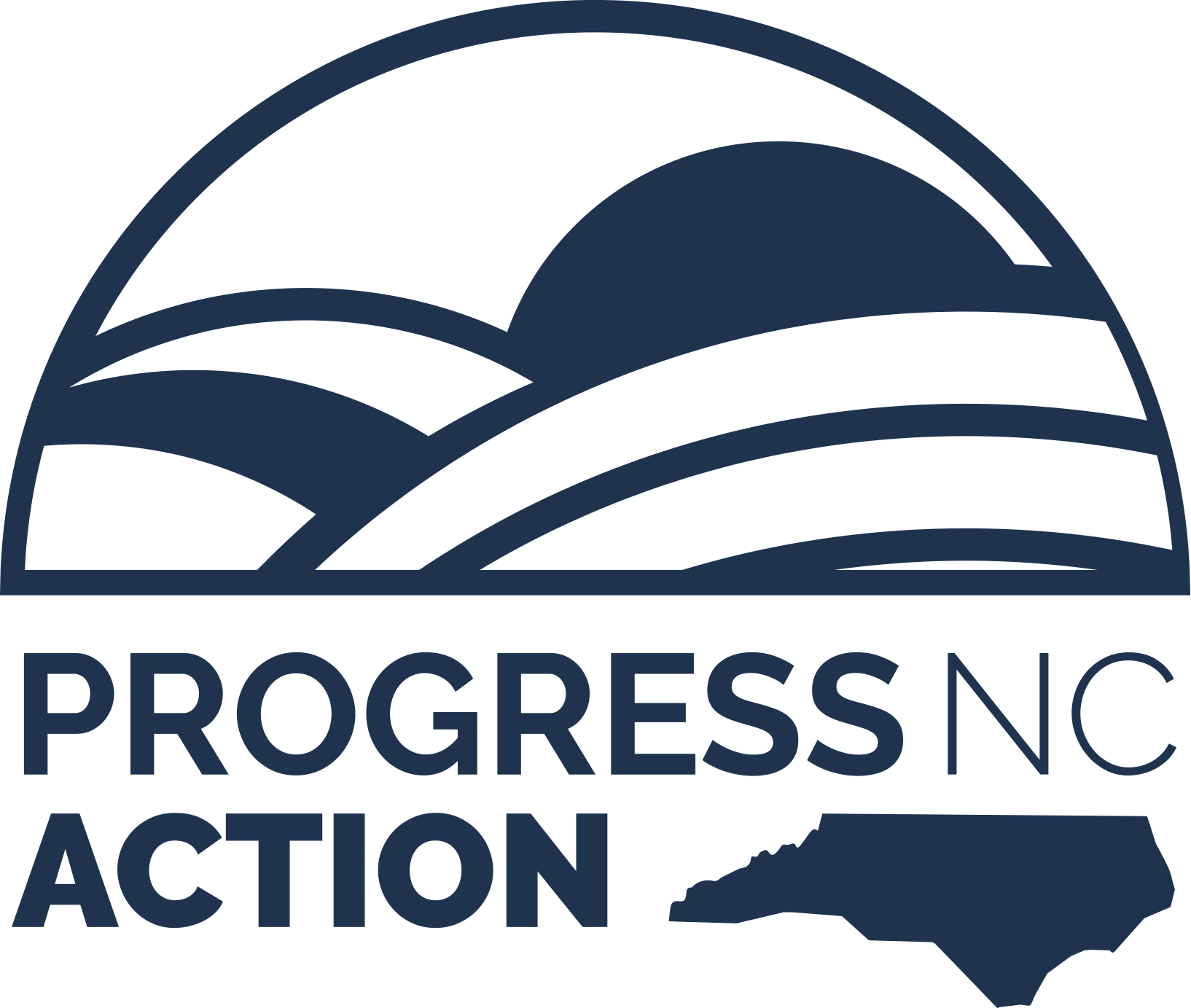From The Daily Reflector: Matthew recovery is state’s problem now
Some coastal North Carolina communities are still waiting for $500 million in aid to recover from the flooding damage caused by Hurricane Matthew last year. After nearly a year residents and businesses are still waiting for the help they need to get back to normal life. With Harvey and Irma now demanding resources, it is unlikely that FEMA will be any more help in this recovery effort so many people who qualify for assistance will not be getting any soon. It’s time for the North Carolina legislature to stop stalling and start making real plans to help.
While the nation focuses on Hurricane Irma and Hurricane Harvey, North Carolina still doesn’t have the money it needs to rebuild from Hurricane Matthew.
Yes, it’s been nearly a year since widespread flooding hit the eastern part of our state. Yes, federal and state politicians have touted multiple rounds of recovery funding. But after 11 months, many homeowners and businesses are still waiting for help to get life back to normal.
Fair Bluff Mayor Billy Hammond, whose small town along the South Carolina line was underwater for days, told me the latest timeline for aid money is “after the first of the year.” Residents there, he said, are “getting a little bit upset, but I tried to tell them that’s the way the government works and my hands are tied.”
But it shouldn’t be, and the delays are unacceptable. For the money that’s already allocated, government agencies just need to write the checks. Fair Bluff has been promised funding for a new apartment complex to replace storm-damaged housing, and construction should be under way. It’s not.
And the storm victims who have been promised help are actually the lucky ones. Thousands of people have been told that even though they meet the qualifications, there’s not enough state and federal money to assist them.
Gov. Roy Cooper’s point guy on Matthew recovery, Dempsey Benton, says the state still has between $450 million and $500 million in unfunded recovery needs. That includes nearly 2,000 people who want the government to buy out their flood-prone homes and about 10,000 people who need help repairing damaged homes. “We hope that gap will be becoming less as we work to secure other resources,” he said..

